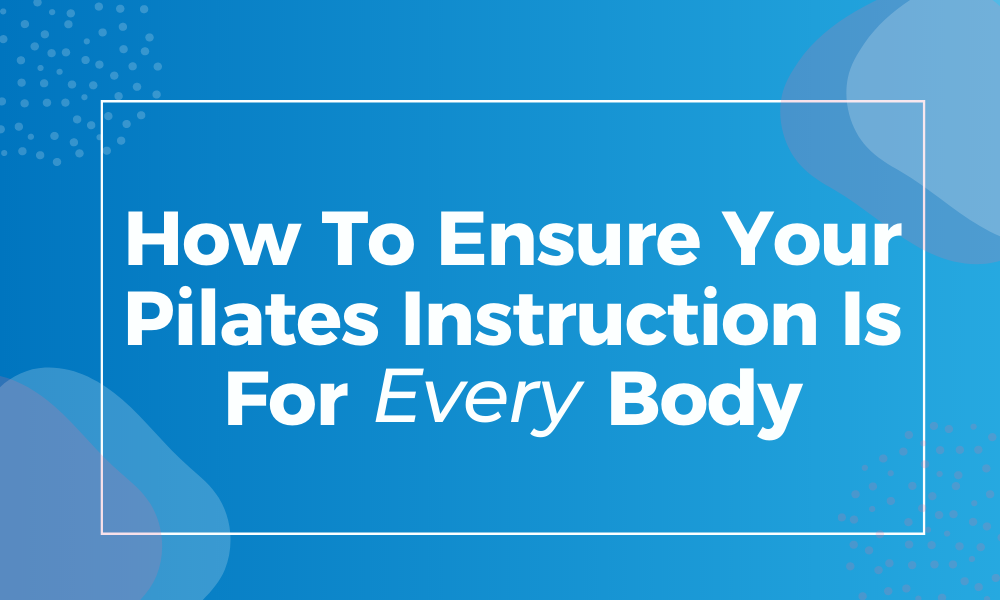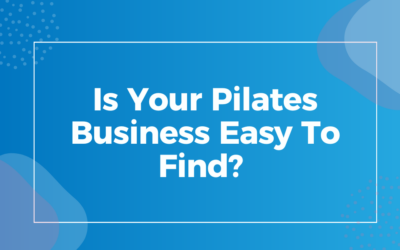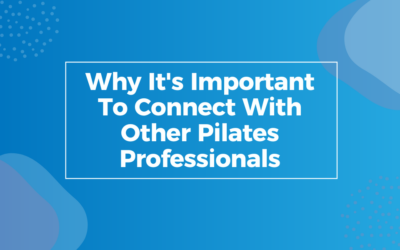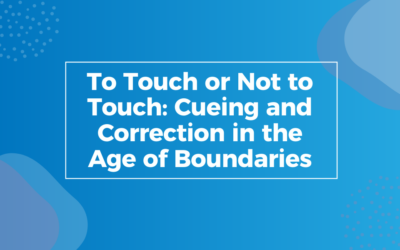When people think of Pilates, they may picture a very specific, athletic body type. This image has not only been perpetuated by the media, but by a large part of the Pilates industry itself. A growing chorus of voices is passionately advocating for the fact that Pilates is indeed for every body, so how might you consider structuring your classes and instruction to appeal to different clients?
Here are three main groups to consider:
Beginners
Not everyone is experienced right off the bat. Even those who struggle to attain certain degrees of athleticism can develop their bodies to the best of their abilities and reap the benefits of a good Pilates program.
The best way to help every client reach their full potential, regardless of experience or talent, is to have an honest and in-depth introductory session with them to manage expectations. Make sure that during instruction, they are aware of modifications to help them as they are building their strength, but also give them the option to challenge themselves.
Plus-Sized Clients
Speaking directly to the assumption that avid participants should adhere to a lean, media-approved body type, weight is not a barrier that should exist in the world of Pilates. While modifications may be in order for certain exercises and stretches, it is easy to incorporate them in a way that makes your clients feel accepted and comfortable.
Creating a welcoming environment for plus-sized clients is about more than body positivity and inclusivity. You have to ensure that there are resources that can help them with unique challenges they may face pertaining to their weight. Some things to keep in mind include:
- Watching closely for over-exertion
- Understanding any demands or requests by physicians
- Communicate about what additional props (blocks, pillows, bands, etc.) may be helpful
- Keep them moving with stretches or fundamentals when they are fatigued
- Showing the same support and interest you would any other student
Ultimately, make sure clients receive any extra support they may need without making them feel that their weight is an insurmountable or shameful barrier to their experience.
Clients with Disabilities
Finally, much like weight and athleticism are out of a client’s immediate control, having a typically-abled body will always be out of a person’s control. While certain disabilities are more restrictive than others, there are ways to make Pilates accessible to a wider audience. In fact, some disabilities can actively be aided through the use of Pilates.
The most important thing to remember about individuals with disabilities is that they will each come with their own unique needs, strengths, and challenges. By giving individual attention to each client and learning how their body works and what it is capable of, Pilates can serve them as a phenomenal rehabilitation practice to ease painful symptoms of chronic conditions.
While different body types may require different approaches to a workout, every body type can benefit from Pilates. No matter where a person’s starting place may be, they are capable of growing stronger and more flexible with every session.
Log in to The Alliance, the PMA’s online community forum to share your insights and experiences working with beginners, plus-sized clients, and those with disabilities. Not yet a member? Join the PMA today!




